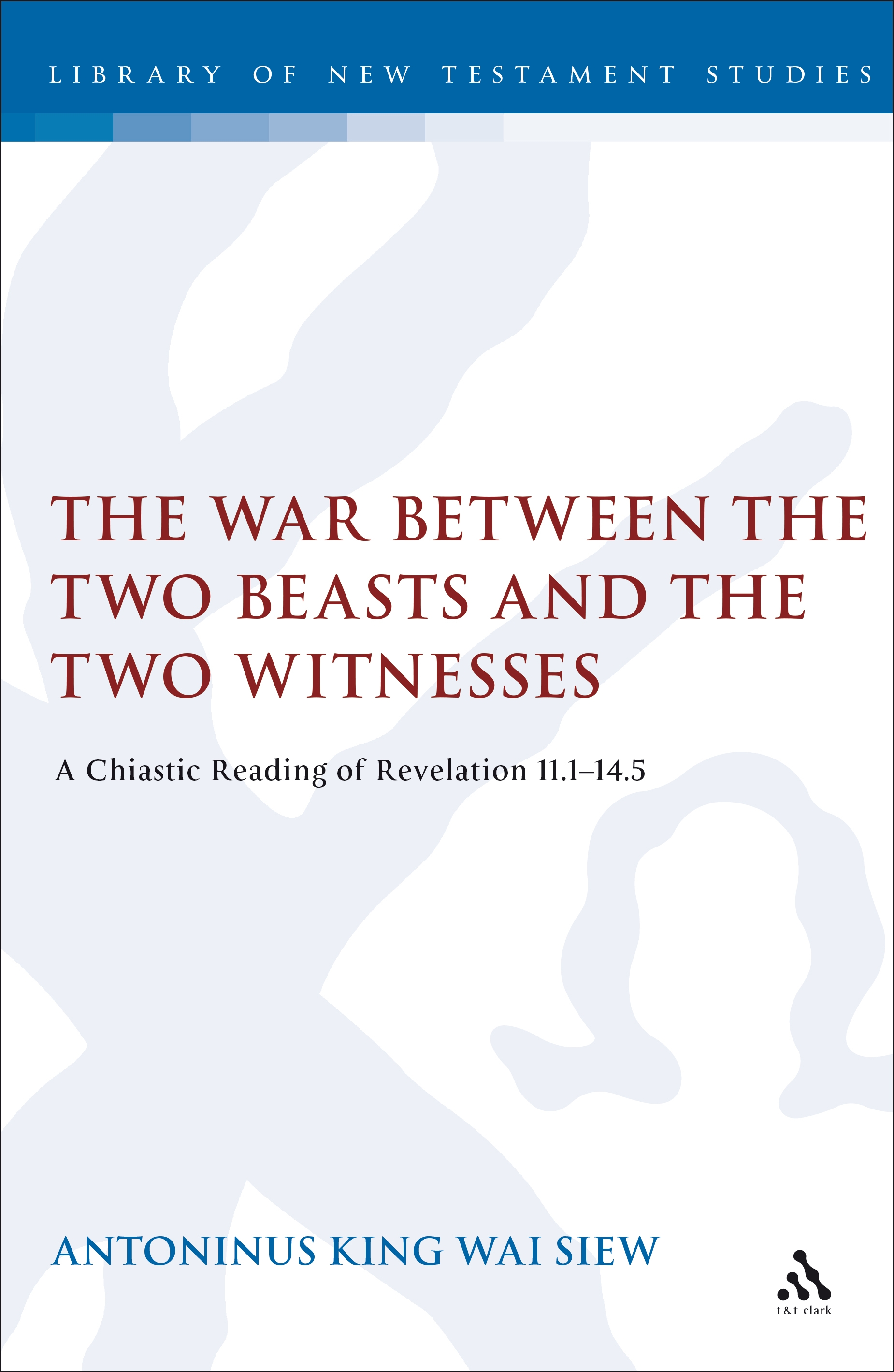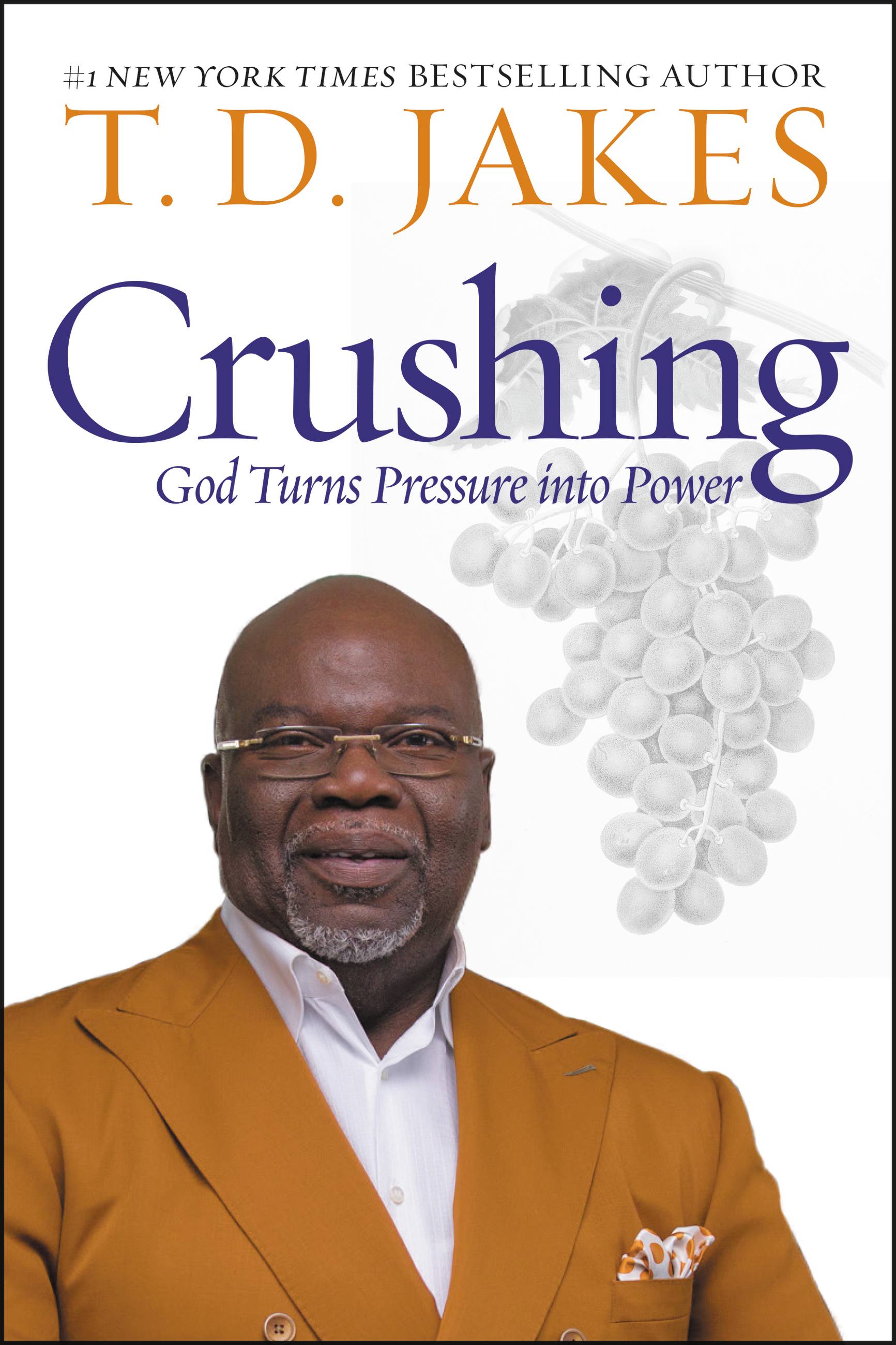The War Between the Two Beasts and the Two Witnesses
The War Between the Two Beasts and the Two Witnesses
Siew seeks to examine the events that will unfold within the three and a half years before the dawn of the kingdom of God on earth. He argues that John composed the textual unit of Rev 11:1--14:5 as a coherent and unified literary unit structured in ...
Read more
Siew seeks to examine the events that will unfold within the three and a half years before the dawn of the kingdom of God on earth. He argues that John composed the textual unit of Rev 11:1--14:5 as a coherent and unified literary unit structured in a macro-chiasm. He pays special attention to the fusion of form and content and seeks to elucidate how the concentric and chiastic pattern informs the meaning of the literary units within 11:1--14:5, and proposes that the text of 11:1--14:5 is best analyzed using Hebraic literary conventions, devices, and compositional techniques such as chiasm, parallelism, parataxis, and structural parallelism. The macro-chiastic pattern provides the literary-structural framework for John to portray that the events of the last three and a half years unfold on earth as a result of what transpires in heaven. Specifically, the war in heaven between Michael and the dragon has earthly ramifications. The outcome of the heavenly war where Satan is defeated and thrown out of heaven to earth results in the war on earth between the two beasts of Rev 13 and the two witnesses of Rev 11. The narrative of the war in heaven (12:7-12) is seen as the pivot of the macro-chiastic structure. Siew pays close attention to the time-period of the three-and-a-half years as a temporal and structural marker which functions to unite the various units in 11:1--14:5 into a coherent and integral whole. The events of the last days will be centred in Jerusalem.
Less















.jpg)






.jpeg)






